When it comes to email segmentation we often see two common scenarios.
On one hand, there are overloaded marketing databases, packed with contacts who receive a constant stream of information and promotions that may not even be relevant to them.
On the other hand, there’s a world of untapped potential sitting dormant, just waiting for the right spark to drive engagement.
Managing all this data can feel overwhelming for marketers and business leaders, but don’t worry – you’re not alone. We’re here to help you break it down step by step. Segmentation is really about one simple goal: enabling your business to send more relevant and engaging messages to your customers.
What Exactly Is Segmentation?
In a nutshell, segmentation means breaking your mailing list into smaller groups so you can send more personalised, meaningful, and relevant communications to different parts of your audience.
Instead of sending one-size-fits-all messages, you’ll tailor your emails, texts, and other marketing efforts to match the needs, interests, and behaviours of specific groups. The result? Your messages will feel more personal and engaging, and your marketing will work harder for you – leading to the interactions and outcomes you’re aiming for.
Why Is Segmentation So Important?
Put simply, without segmentation, you risk sending content to people who simply won’t find it useful. This can lead to lower engagement, higher unsubscribe rates, and even harm your brand’s reputation, as well as affecting your email deliverability in the future.
Imagine receiving a promotion for something you’ve just purchased or that is entirely out of season for you – not exactly the best experience, right? That’s what happens when you don’t segment, and it shows why being specific holds so much value.
Getting Started with Email Segmentation
Segmenting your database doesn’t have to be complicated! A great first step is to review the tools and data you already have. Think about how your data is collected, shared, and used – do your systems “talk” to each other? Misaligned tools or “leaky” data connections can disrupt your segmentation strategy before you even start, so it’s important to get this part right.
Once your tools are in place, identify what you want to achieve. Are you looking to boost engagement, increase sales, or something else? From there, start analysing your existing customer data and break your audience into segments based on factors like demographics, behaviour, and psychographics (more on this below). Then, create content tailored to each segment.
As you roll out your campaigns, remember to test them. Try A/B testing different subject lines, images, and copy to see what resonates best with your audience. Measure results like open rates, click-through rates, and unsubscribe rates to refine your approach over time.
Types of Segmentation
There are three main ways to segment your audience, *for more from Hubspot visit here.
Demographic Data: This includes things like age, gender, and location. For example, you might promote an event only to people in the area where it’s being held. However, be careful not to rely too heavily on assumptions about age or gender – often, behavioural data offers better targeting options.
Behavioural Data: This looks at how your customers interact with your brand – like their purchase history or website visits. For instance, you can send a follow-up offer to someone who recently bought a product or re-engage customers who abandoned their online shopping carts.
Psychographic Data: This taps into your audience’s values, interests, and lifestyle – you may see these expressed based on browsing and engagement preferences. If someone is eco-conscious, for example, you might promote your sustainable products to them.
What Can You Do Differently?
You might think everyone is already segmenting their email lists, but surprisingly, many aren’t. To stand out, consider integrating data from different sources – such as your website, analytics, or even point-of-sale systems. Here are a few advanced segmentation ideas:
- Engagement Level: Target people based on how active they are – whether they’re new subscribers, frequent buyers, or haven’t interacted in a while.
- Customer Journey: Tailor your messages to match where someone is in their relationship with your brand, from new prospects to long-time loyal customers.
- Geography: If you have a global audience, send location-specific offers, i.e. clothing item selections relative to the season, or geography.
Three Golden Rules for Making Use of Segmentation
We’ve covered a lot of ground here but to wrap up let’s revisit some key themes.
Make It Personal
Whether you’re using AI to predict customer behaviour or just getting started, the key is to continue creating content that feels relevant and connected to the individual.
Don’t Be Too Familiar
While it’s great to get specific, being overly familiar can feel awkward for your audience. It’s fine to experiment with humour or creativity, but avoid going overboard.
- Update Your Segments Regularly
People’s preferences and interests change, so your segments need to evolve too. Make sure you’re validating your data regularly to keep your communications accurate and fresh.




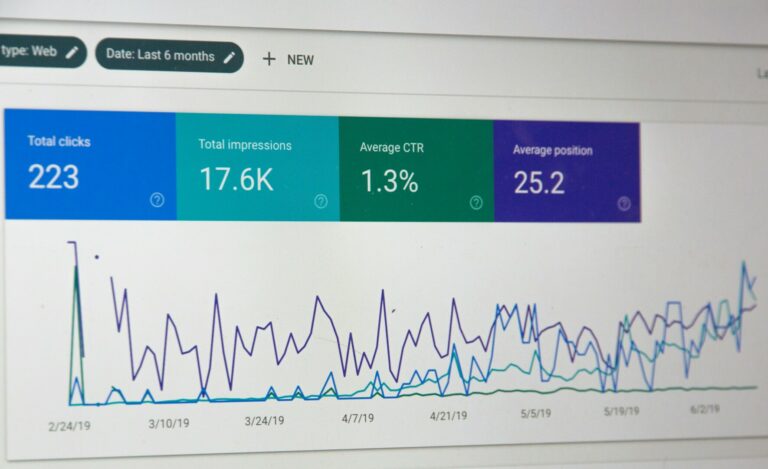

















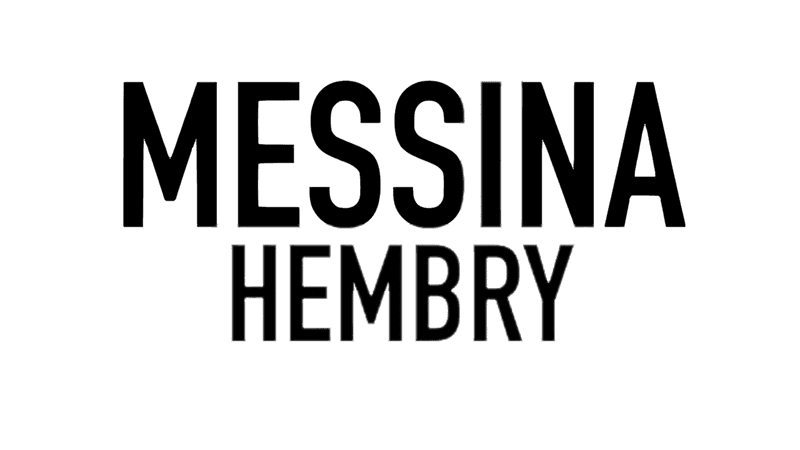
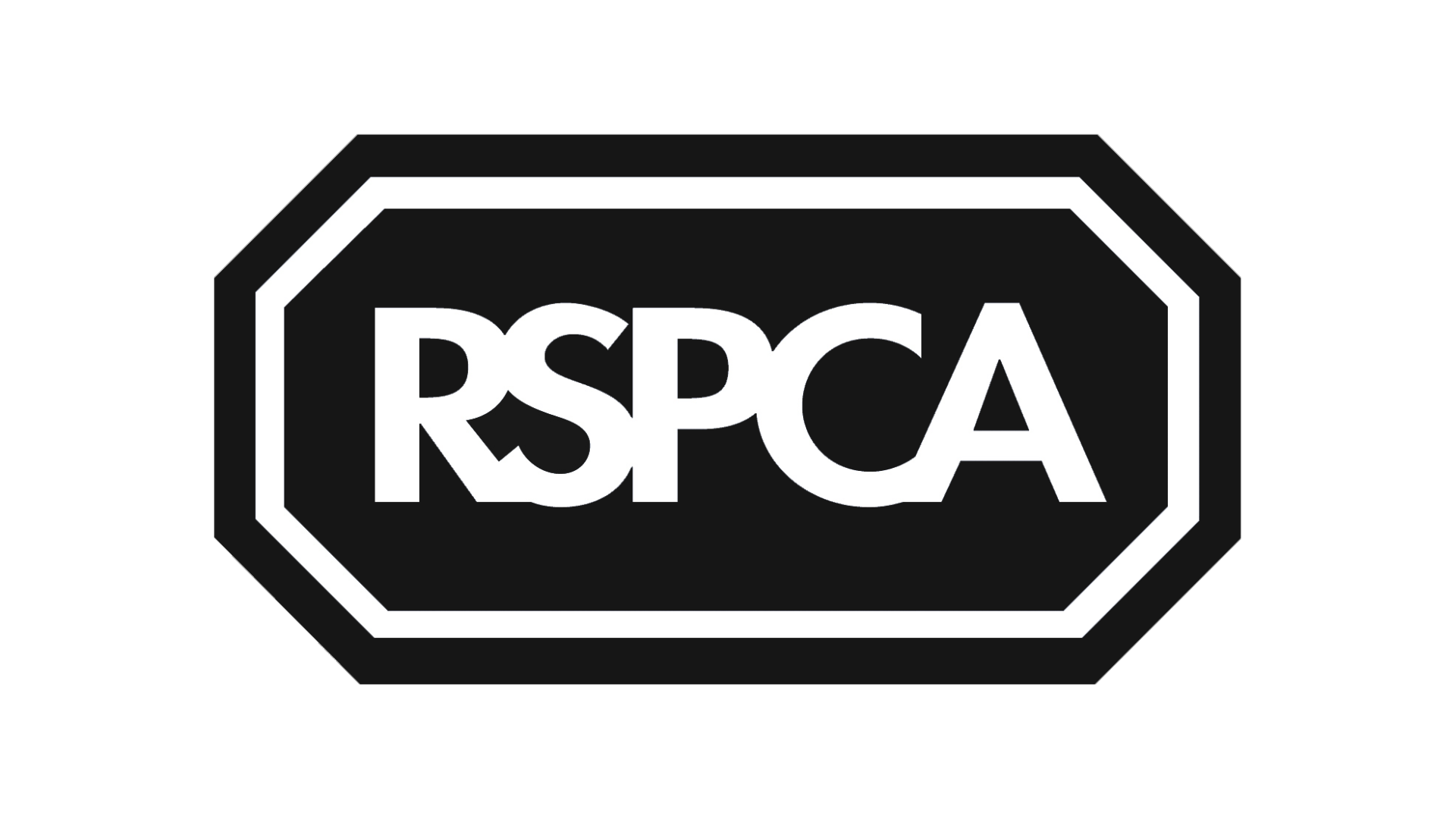


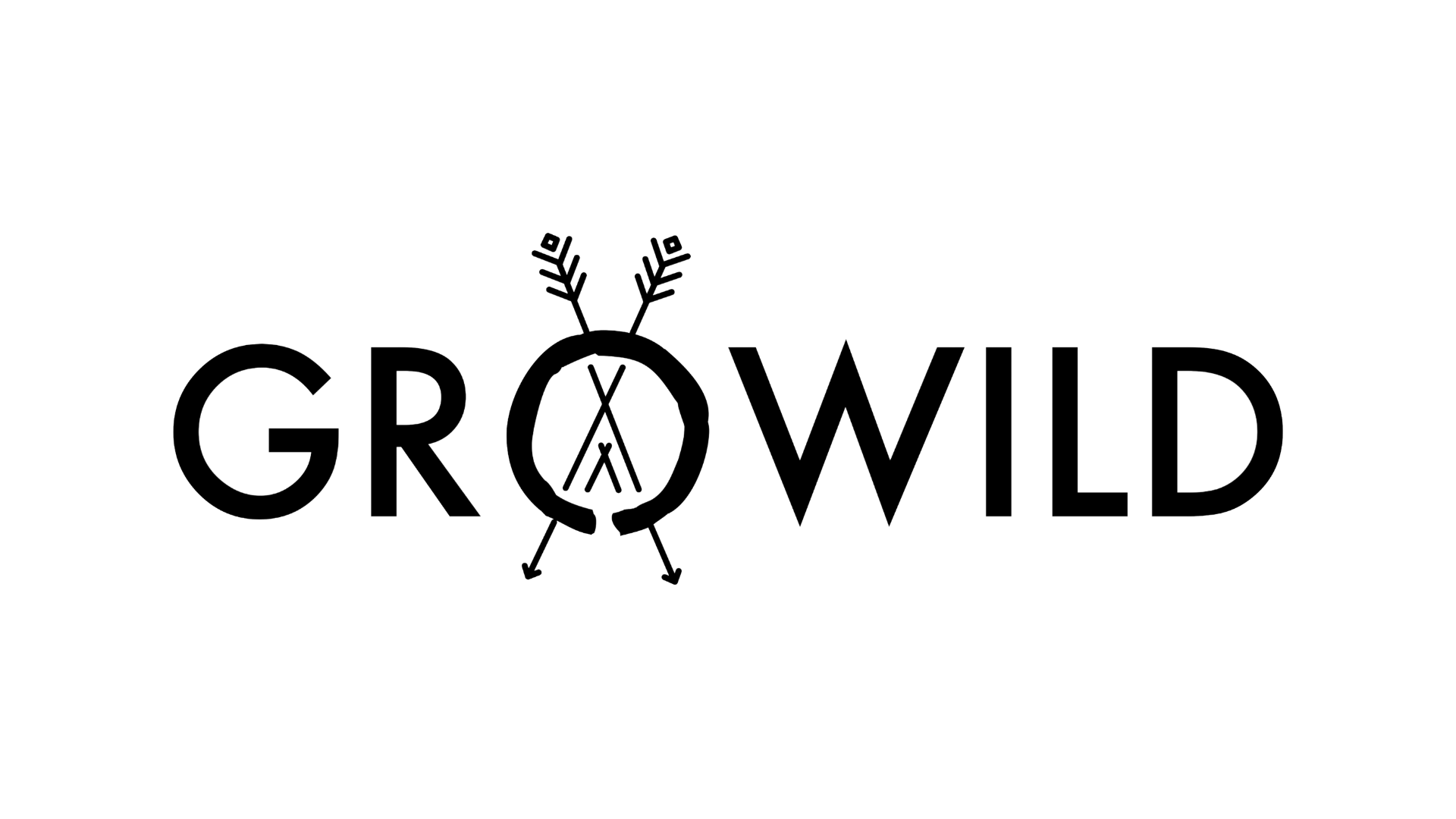



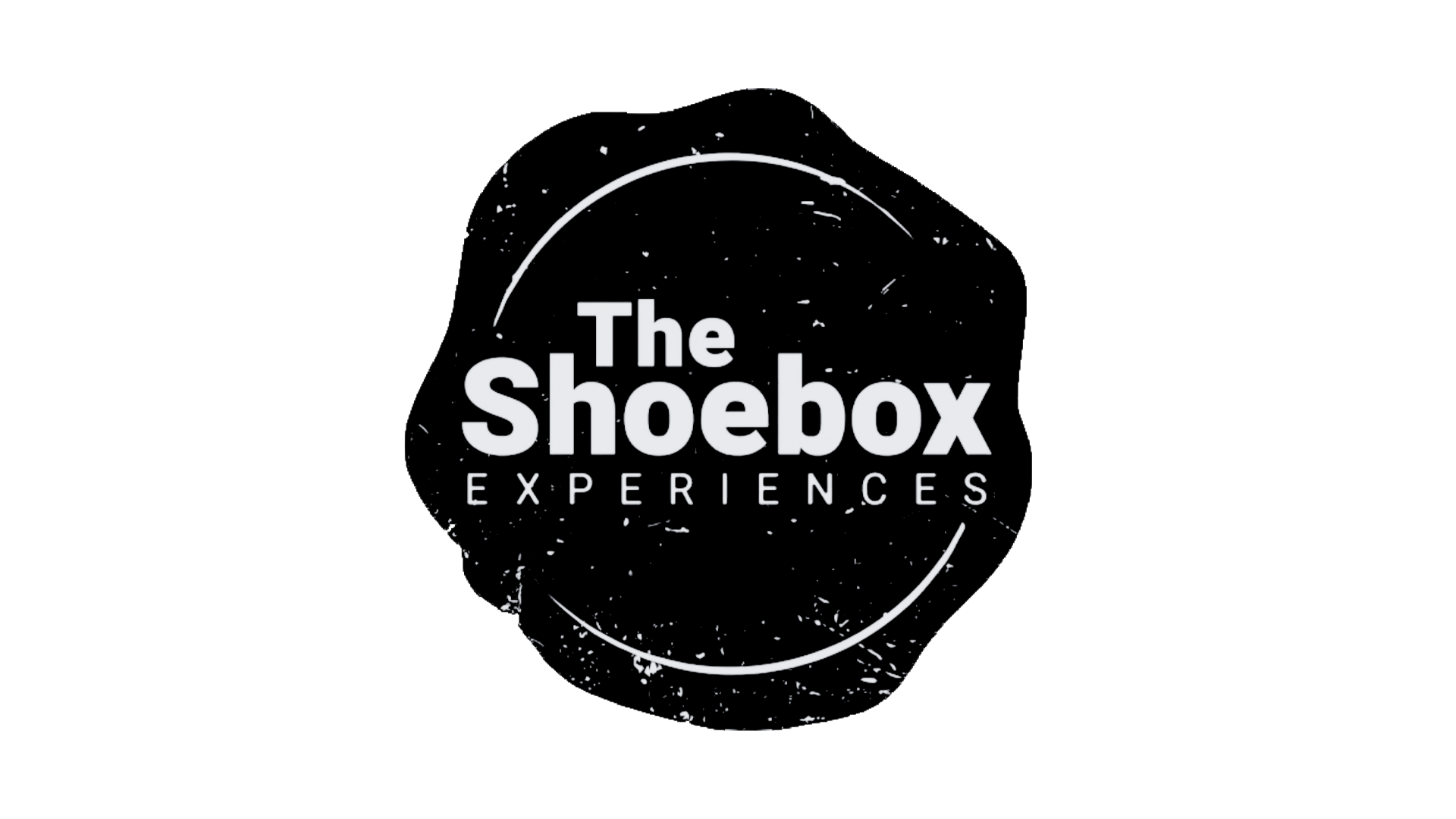


![[removal.ai]_7f27bf29-db53-435d-a634-4d6e7d4c0038](https://yawnmarketing.co.uk/wp-content/uploads/2023/01/removal.ai_7f27bf29-db53-435d-a634-4d6e7d4c0038.png)
![[removal.ai]_fb8dfe21-d7f5-4548-bd32-4e066ba3f972](https://yawnmarketing.co.uk/wp-content/uploads/2023/01/removal.ai_fb8dfe21-d7f5-4548-bd32-4e066ba3f972.png)
![[removal.ai]_a1271f54-b85f-4d55-8c8c-c0c256beb093 (1)](https://yawnmarketing.co.uk/wp-content/uploads/2023/01/removal.ai_a1271f54-b85f-4d55-8c8c-c0c256beb093-1.png)
![[removal.ai]_b81ff4af-ccff-4d3c-b358-e094865820af](https://yawnmarketing.co.uk/wp-content/uploads/2023/01/removal.ai_b81ff4af-ccff-4d3c-b358-e094865820af.png)
![[removal.ai]_60636a21-0918-4e97-8dff-085e9821386e](https://yawnmarketing.co.uk/wp-content/uploads/2023/01/removal.ai_60636a21-0918-4e97-8dff-085e9821386e.png)
![[removal.ai]_tmp-63bc0f493a216](https://yawnmarketing.co.uk/wp-content/uploads/2023/01/removal.ai_tmp-63bc0f493a216.png)
![[removal.ai]_258a25d0-cf81-49e2-97ea-eb5dba513e42](https://yawnmarketing.co.uk/wp-content/uploads/2023/01/removal.ai_258a25d0-cf81-49e2-97ea-eb5dba513e42.png)
![[removal.ai]_tmp-63bc0fb550b31](https://yawnmarketing.co.uk/wp-content/uploads/2023/01/removal.ai_tmp-63bc0fb550b31.png)
![[removal.ai]_tmp-63bc100312311](https://yawnmarketing.co.uk/wp-content/uploads/2023/01/removal.ai_tmp-63bc100312311.png)
![[removal.ai]_932dba74-335e-465d-a995-b96be4cec293](https://yawnmarketing.co.uk/wp-content/uploads/2023/01/removal.ai_932dba74-335e-465d-a995-b96be4cec293.png)
![[removal.ai]_tmp-63bc101f25d1c](https://yawnmarketing.co.uk/wp-content/uploads/2023/01/removal.ai_tmp-63bc101f25d1c.png)
